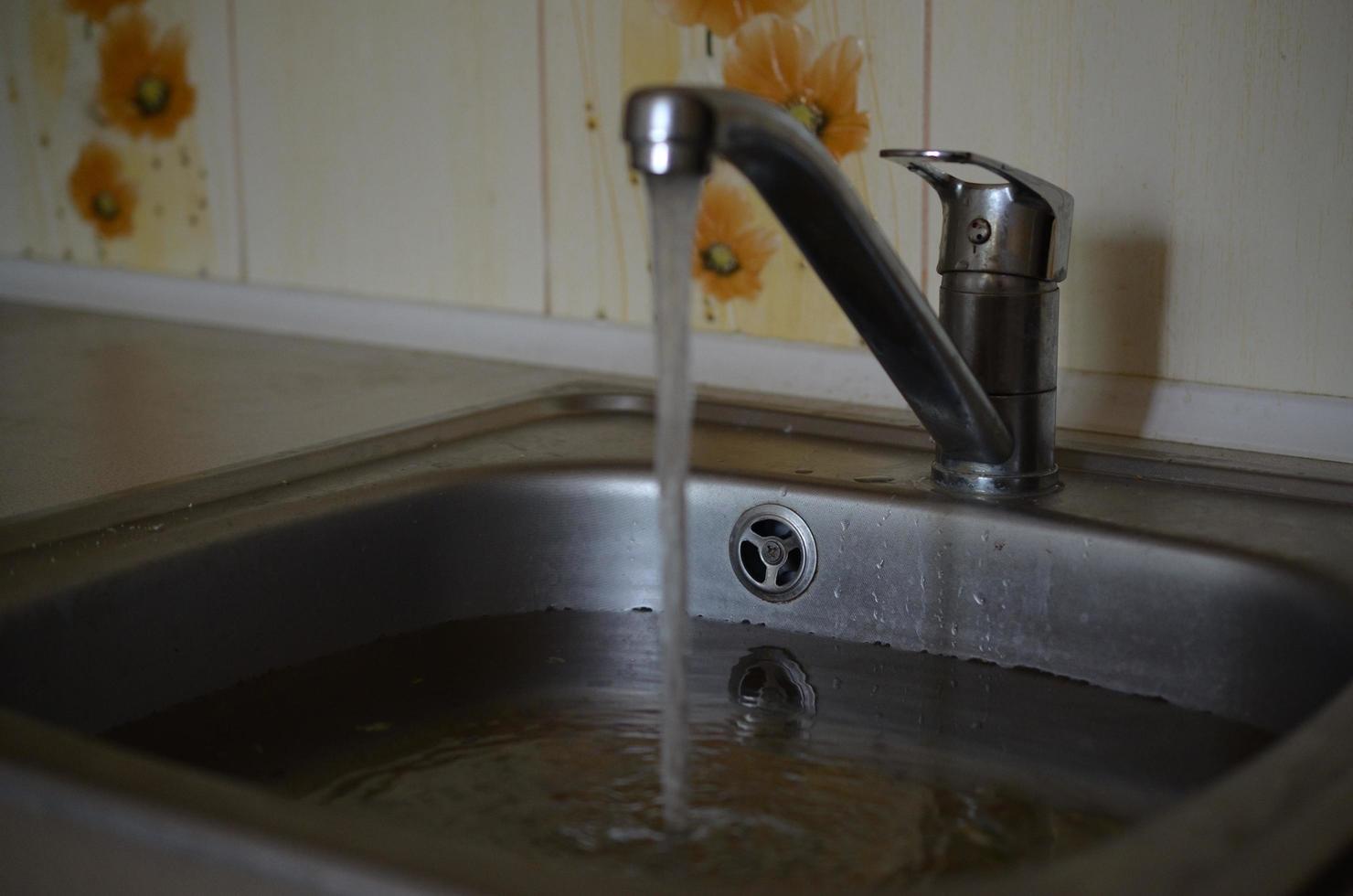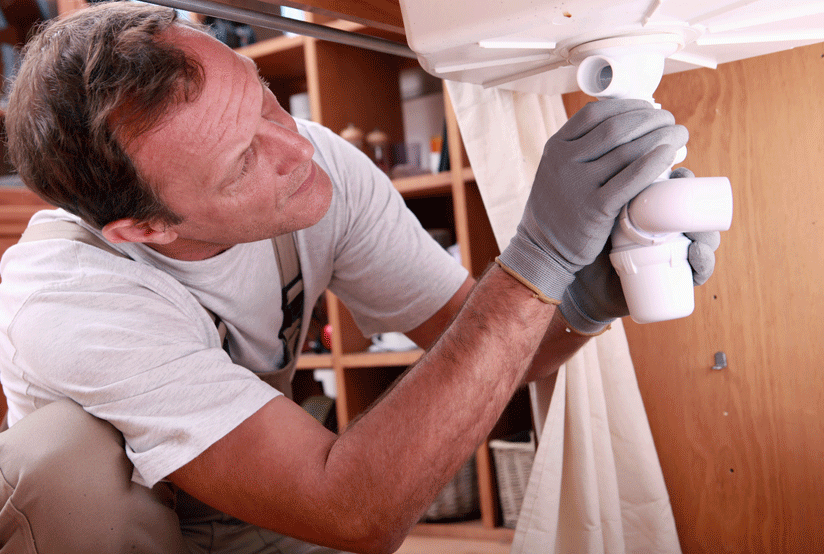Important Steps To Address A Slow-Draining Sink
Important Steps To Address A Slow-Draining Sink
Blog Article
On this page underneath you'll find lots of wonderful insights around Solved! How to Fix a Slow Sink Drain.

Intro
We have actually all been there: You're cleaning your teeth or cleaning your hands, and you discover the water merging in the sink. As opposed to swiftly swirling down the tubes, it lingers, transforming your once-refreshing morning regimen into a miniature swamp scene. A slow-draining sink isn't just bothersome; it's usually an indicator of bigger pipes issues hiding under the surface. The bright side is that the majority of slow-draining sinks can be fixed with a little expertise, a couple of basic tools, and some perseverance. All set to tackle this project head-on? Let's roll up our sleeves and dive right in.
Recognizing the Causes of a Slow-Draining Sink
Before you start poking around in your pipes, it helps to understand what could be causing the downturn. Understanding the source makes it easier to select the ideal solution.
Devices and Products You'll Need
The right tools make all the difference. The good news is, you will not require a completely equipped plumbing technician's van to get the job done.
Step-by-Step Overview to Fixing a Slow-Draining Sink
Currently, allow's enter the nitty-gritty. This detailed process will direct you via basic methods to restore your sink's drainage.
Action 1: Get Rid Of and Clean the Stopper
Frequently, the stopper (that tiny plug you lower to obstruct water) is the first wrongdoer. Remove it meticulously and wipe any type of hair or gunk caught around its base. Wash it extensively prior to placing it back in place.
Step 2: Utilize a Plunger to Displace Debris
Got that plunger ready? Setting it over the drain and provide it a few firm pumps. The idea is to develop suction that can loosen up any kind of obstruction. If you see bits of particles floating up, you're on the right track.
Step 3: Try a Drain Serpent or Cord Wall Mount
If the bettor does not do the trick, it's time to highlight the drainpipe serpent. Gently feed it into the drainpipe and twist as you go. You may feel some resistance-- that's most likely the obstruction. Maintain twisting and pulling up until you remove the obstruction. If you don't have a drainpipe serpent, a corrected wire wall mount can operate in a pinch.
Step 4: Use a Do It Yourself Drain Cleanser
An all-natural cleaner made from baking soda and vinegar can break down residual crud. Pour half a mug of cooking soda right into the drainpipe, followed by half a mug of vinegar. Let it fizz for about 15 minutes, then flush with hot water. This chemical reaction often does marvels for small obstructions.
Step 5: Rebuild and Check the Sink
Put everything back with each other and run the faucet. Does the water currently swirl down the tubes at a commendable speed? If yes, give on your own a pat on the back. If not, do not misery-- there are still a few more tricks up your sleeve.
Essential Devices for DIY Repair Works
A plunger is your go-to beginning factor. A tiny, sink-sized bettor develops suction that can displace minor obstructions. For even more consistent blockages, a drainpipe snake (sometimes called a plumbing's auger) functions marvels. A pair of handwear covers, a flashlight, and maybe a pair of protective goggles are additionally helpful.
Recommended Cleaning Solutions
Light meal soap and warm water can help break down oily accumulation. A mix of cooking soft drink and vinegar is a time-tested natural home remedy, and enzymatic cleaners use a more eco-friendly approach. Maintain chemical drain cleaners as a last resort, as they can be rough on your pipes.
Typical Offenders Behind Slow Drain
So, what's obstructing points up? Commonly, it's a mix of daily particles-- assume hair, soap scum, toothpaste deposit, and leftover food bits. With time, these tiny bits collect and cling to the pipe wall surfaces, gradually tightening the flow and making it harder for water to travel through. In some cases, mineral deposits from difficult water can likewise contribute to the gunk, developing the best storm for persistent clogs.
When is it Time to Do Something About It?
If you see the water draining slower than common, it's a great concept to intervene faster as opposed to later. Waiting as well long can lead to complete obstructions, undesirable smells, or even pipe damages. If the water takes greater than a couple of seconds to clean out after turning off the tap, consider it a warning and get ready to put on your DIY hat.
Safety First: Precautions and Prep work
Before you launch into unclogging mode, think about safety. You're dealing with possibly unclean water and debris, so slip on a set of gloves. If you're making use of chemical cleaners, guarantee the room is well-ventilated and adhere to the guidelines on the tag.
Protective Equipment and Workspace Arrangement
Set some old towels or cloths around the sink area to capture splashes. Eliminate any type of things that could get in your means, like soap dispensers or toothbrush holders. Make sure you have excellent lighting-- order a flashlight if needed.
Different Techniques for Stubborn Clogs
Not all obstructions are developed equal. If your sink still declines to work together, think about these alternative remedies.
Baking Soda and Vinegar Technique
We currently touched on this, however it's worth keeping in mind once more. This mild, environment-friendly approach is more secure than chemical cleansers and commonly fairly reliable.
Chemical Drainpipe Cleansers
Enzyme-based cleansers use natural bacteria to digest organic matter. They're an outstanding choice if you're looking to stay clear of extreme chemicals. Just keep in mind, they may take a bit longer to function their magic.
Chemical Drainpipe Cleaning Company: Benefits And Drawbacks
Chemical cleansers can blast via hard blockages quickly, however they're not without disadvantages. They can create warm and fumes, damage pipes if utilized excessively, and present ecological threats. Use them sparingly, and constantly follow the directions meticulously.
Preventive Measures to Keep Your Sink Flowing
Prevention is the very best cure. By taking on a couple of easy behaviors, you can maintain your sink from decreasing in the first place.
Normal Cleaning Up Behaviors
Clean down the sink basin and component area on a regular basis. Get rid of hair or food particles before they have an opportunity to wash down the drainpipe.
Staying Clear Of Hazardous Substances Down the Drain
Think twice before dumping coffee premises, oil, or coarse vegetable scraps down the sink. These culprits cling to pipeline wall surfaces, creating clogs with time.
Routine Maintenance Checks
Set up a quick monthly assessment. Run hot water through the sink for a couple of mins, focusing on the flow. If it appears sluggish, act quickly before it comes to be a full-blown clog.
When to Call an Expert Plumbing
Occasionally, regardless of how tough you try, that block simply will not budge. That's when it's time to bring in the pros.
Indications That Indicate a More Major Issue
If your sink drains gradually in spite of multiple attempts, or if you discover water supporting in other fixtures (like your shower or commode), you might have an extra serious pipes problem lurking much deeper in the system.
Balancing Do It Yourself Initiatives with Expert Help
While do it yourself can conserve you money and use a feeling of achievement, there's no embarassment in calling a professional. An expert plumbing can examine your whole plumbing setup, guaranteeing there's no underlying damages or lasting problem that might cost you much more later on.
Comparing Expenses and Long-Term Solutions
Prior to deciding, think about the big picture. An economical, quick fix may address the trouble temporarily, but investing in a more permanent remedy can save you cash and anxiety in the future.
Weighing the Expenditures of Do It Yourself vs. Professional Repairs
DIY repairs commonly cost little bit more than the price of a plunger or a container of baking soft drink. Professional solutions, on the other hand, come with a price tag however may protect against repeated issues and pricey repairs later.
Investing in Top Quality Fixtures and Upgrades
If your sink's style contributes to constant obstructions, it may be worth upgrading to higher-quality fixtures or modifying the pipes layout. Consider this a financial investment in your house's capability and comfort.
Final thought
A slow-draining sink can seem like a small inflammation, however it's typically a sign that your plumbing needs a little tender loving care. By understanding the source, utilizing the right devices and methods, and dedicating to easy preventive measures, you can keep your sink flowing easily. And when all else falls short, never think twice to call an expert-- your home's plumbing deserves the investment in treatment and maintenance.
4 Tips to Fix a Slow Draining Sink
Removing the Pop-Up
This is a great place to start when it comes to troubleshooting a slow draining sink. If your sink has a pop-up, carefully take it out and remove debris that has built up around the tool. This will also allow you to see if there are any significant blockages in the drain that you can pull out on your own to help clear up the issue.
Use a Zip-It Tool
Like a snake for a large drain, a zip-it tool helps clear out any debris or hair from a sink drain. A tool like this can be used with a drain that pops out or not as it s thinner than most snake-like tools.
Use a Drain Cleaner
Whether making an at-home cleaner or buying a solution at the store, this is a common fix many turn to when it comes to a slow draining sink. There are several options available for purchase at local supermarkets, but for those who prefer to create their own solution, one of the most common is the following.
How to Unclog a Drain Naturally
Pour boiling water down the drain Pour cup of baking soda down the drain Pour cup of vinegar down the drain Wait 10 minutes Pour boiling water down the drain again Turn on the hot water faucet to clear out the solution Use a Plunger
As a worst-case scenario option, a plunger may be a good option for those who are still struggling to get debris out of their drain. This could be especially useful if there is a large item that you suspect may be significantly stuck down the drain.
https://www.abaileyplumbing.com/blog/2021/august/4-tips-to-fix-a-slow-draining-sink/

I'm very enthusiastic about 4 Tips to Fix a Slow Draining Sink and I'm hoping you liked the new blog post. I beg you take a moment to promote this post if you enjoyed reading it. We recognize the value of reading our article about Solved! How to Fix a Slow Sink Drain.
Click Here! Report this page